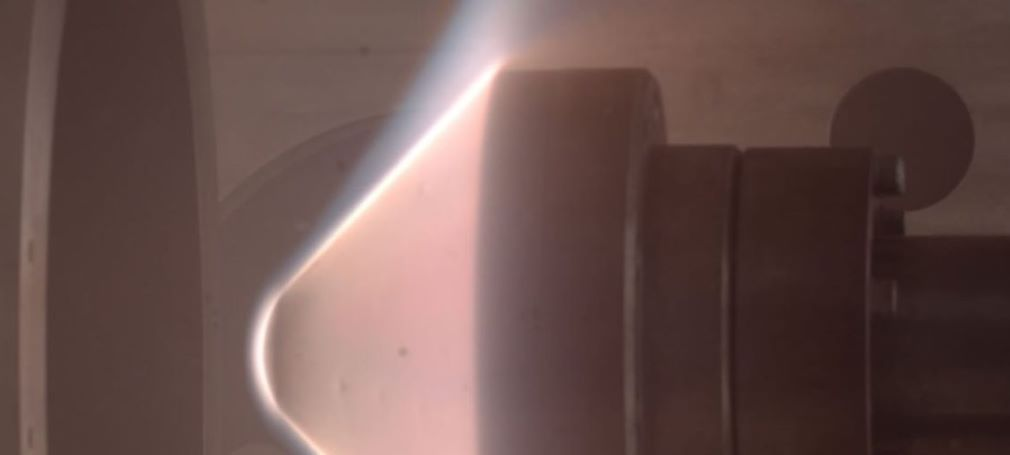Speaker
Description
The calculation of reactive flows such as those found in hypersonics, combustion, laser-plasma interactions and gas discharges requires a theoretical framework encompassing non-equilibrium thermodynamics, transport, collisional and radiative kinetics as well as gas-surface
interactions and electromagnetics. In many situations the multi-component working fluid may be viewed as a collection of dilute gases. Under these circumstances the most rigorous hydrodynamic description may be obtained based on kinetic theory (e.g., Chapman-Enskog method), though approximate formulations exist and are still in use.
The hypersonics community is currently devoting significant efforts in the development of innovative physics-based models to overcome correlation-based formulations developed mainly
during the 1980’s (e.g., multi-temperature models). In this scenario a simulation framework should be designed by separating as much as possible the physics from the numerics, by
minimizing the dependency of the data structure on the details of the physico-chemical model in use, and by allowing for multi-physics coupling.
The above considerations motivated the development of hegel (High-fidElity tool for maGnEto-gasdynamics simuLa- tions). This tool is written in objected oriented Fortran 2008 and is parallelized based on a domain decomposition approach through the combined use of MPI and petsc. To enable multi-physics simulations, hegel may be coupled
to other solvers using the preCICE open source library. The fluid governing equations are discretized in space based on the cell-centered finite volume method. Time integration is accomplished by means of explicit, implicit or implicit-explicit (IMEX) methods. The calculation of thermodynamic, transport and optical properties as well as source
terms resulting from kinetic processes is delegated to plato (PLAsmas in Thermodynamic nOn-equilibrium), a library capable of treating physico-chemical models of increasing complexity and accuracy, ranging from legacy multi-temperature to grouping and/or state-to-state models. Usage of other tools available in the literature such as eglib, mutation, mutation++ and kappa, is also possible with minimal implementation
efforts. Both hegel and plato are part of the suite of in-house softwares developed at the Center for Hypersonics and Entry Systems Studies (CHESS) at University of Illinois at Urbana-Champaign.
The purpose of this work is to showcase the capabilities of hegel.
Applications will consider simulations of inductively coupled plasma wind tunnels, laser-induced breakdown phenomena and hypersonic flows past blunt bodies.
Summary
The present work will showcase the computational framework for hypersonics and plasma discharges developed at the Center for Hypersonics and Entry Systems Studies (CHESS) at University of Illinois at Urbana-Champaign.

